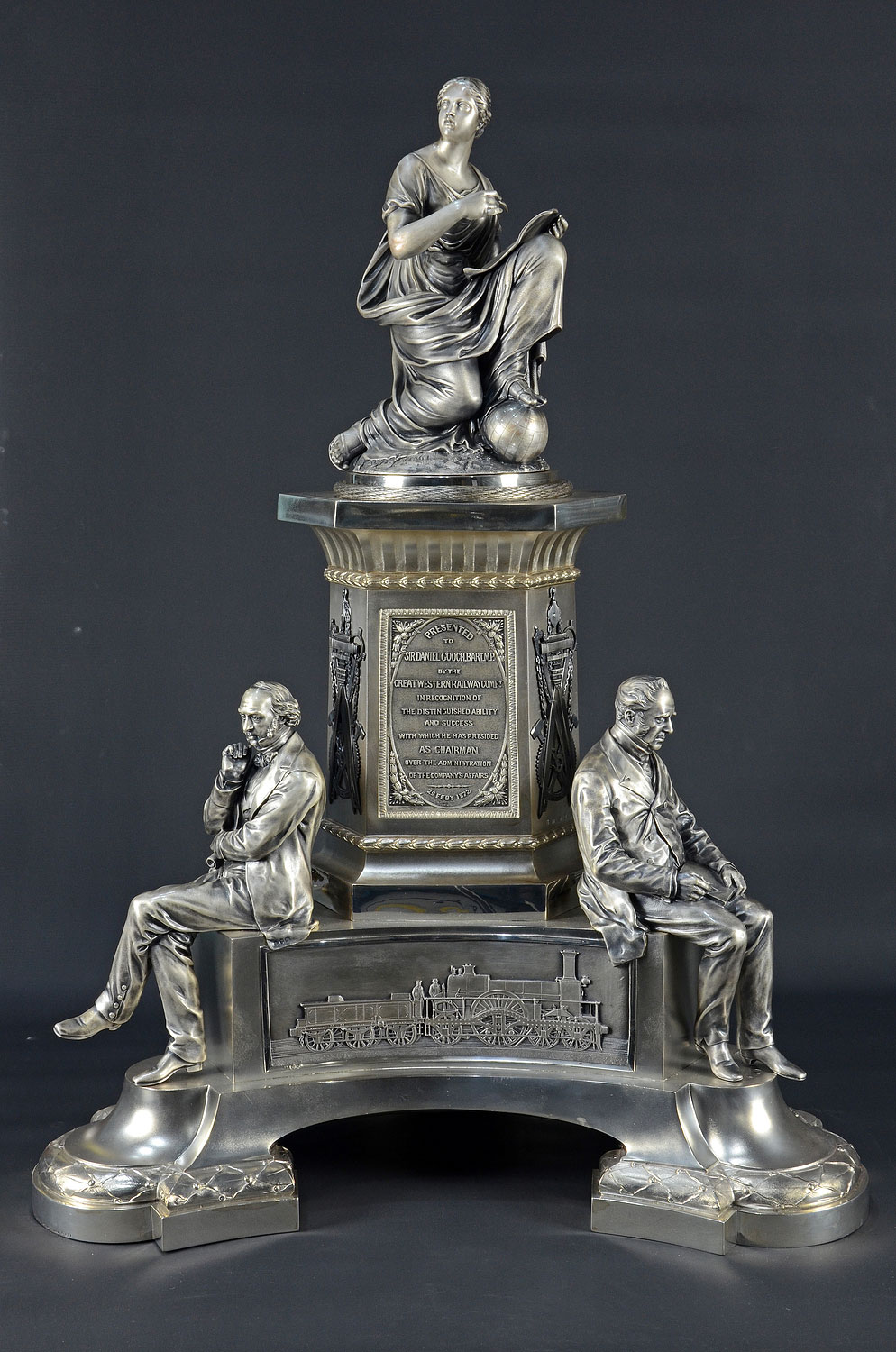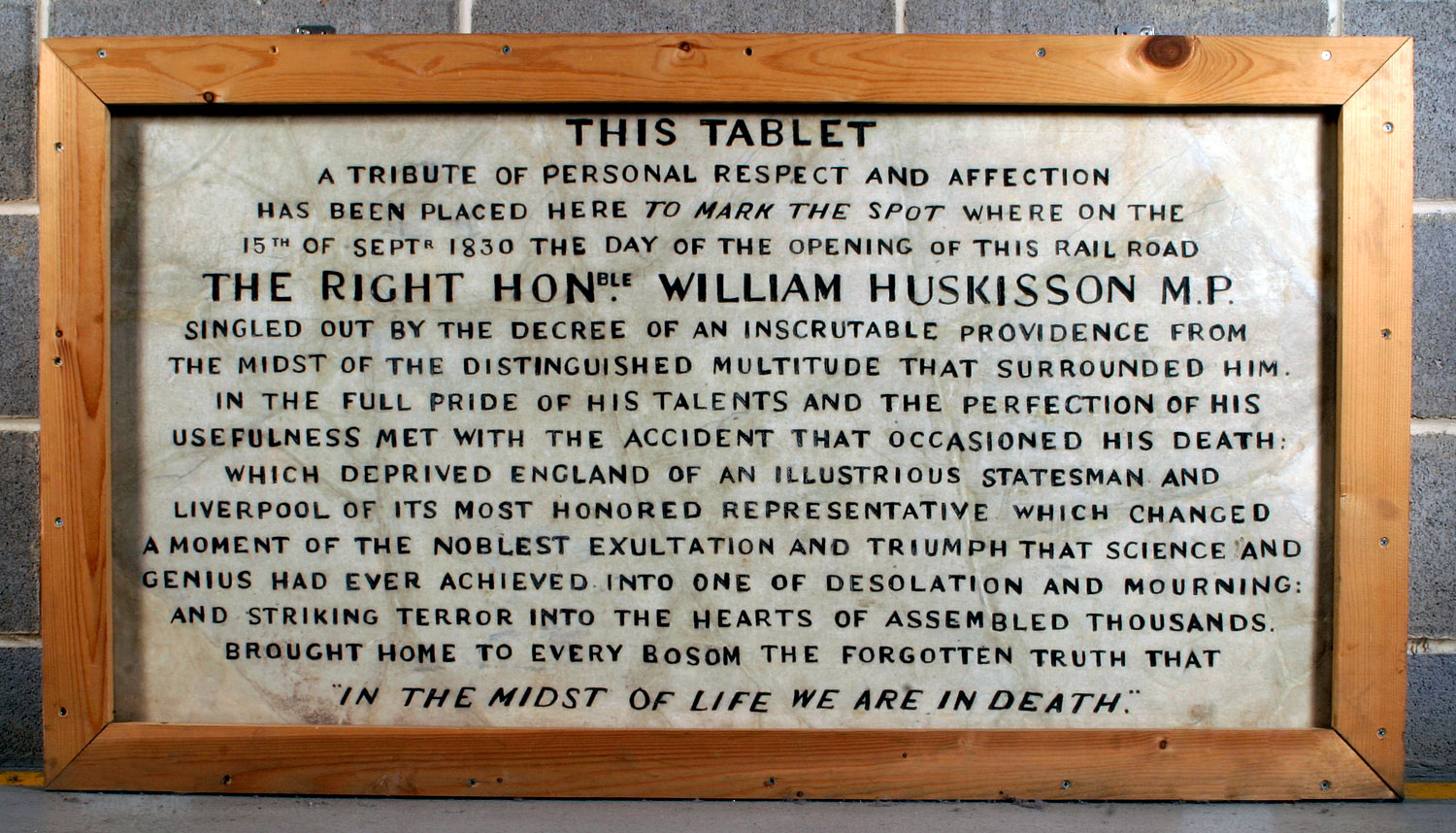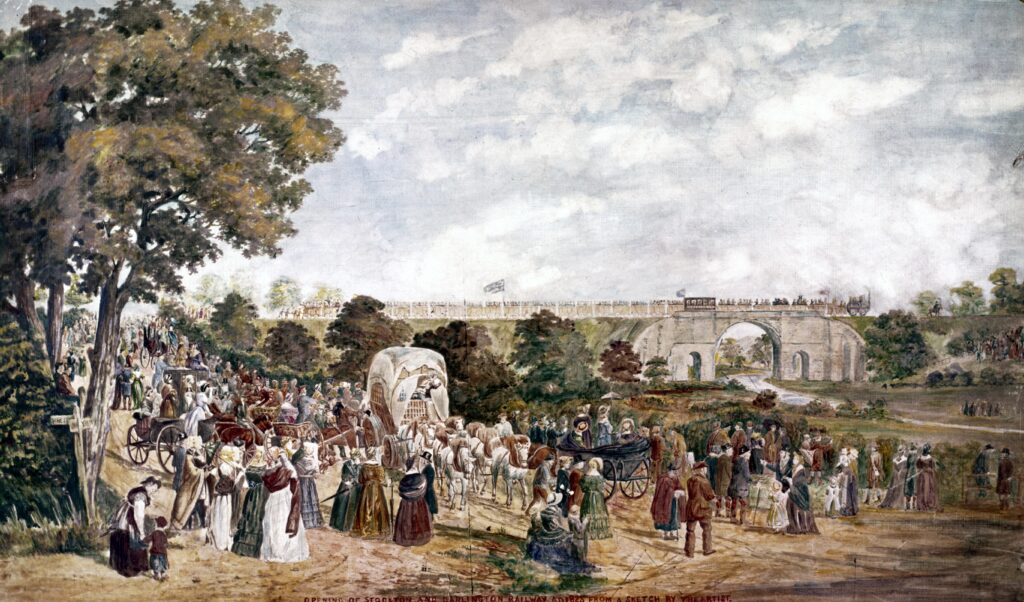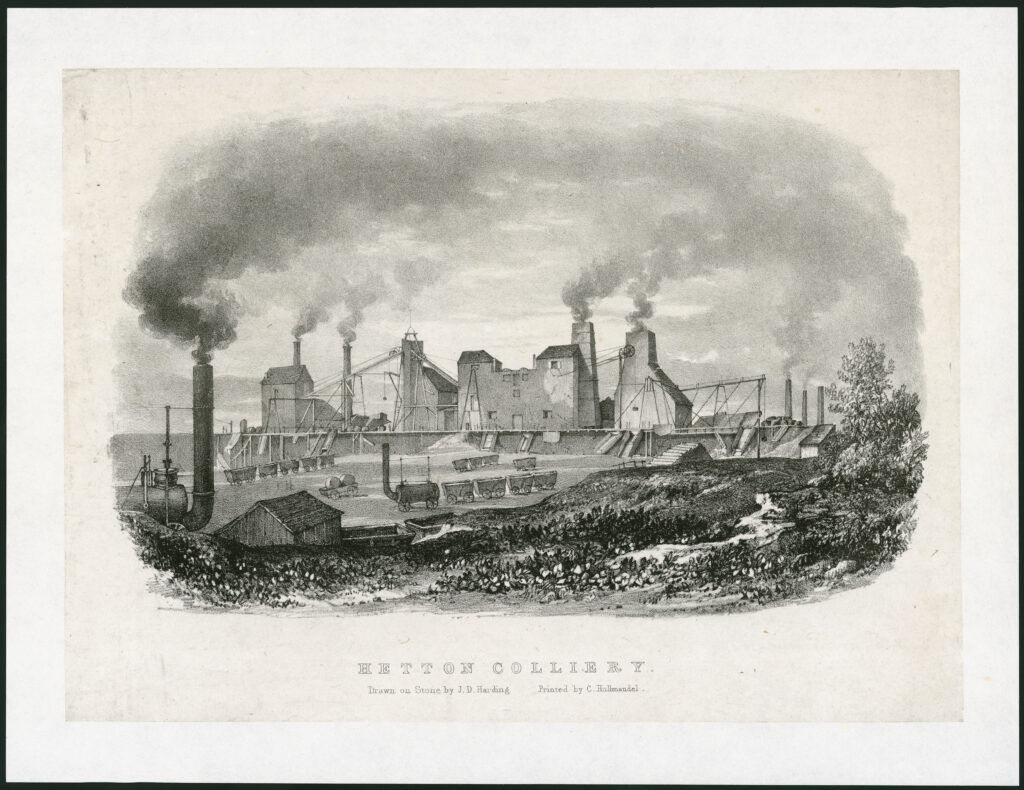At the time of railway privatisation in the mid 1990s, it was realised that there could be a risk that some of the railway artefacts and records that existed in the nationalised railway sector could be unwittingly disposed of, as private entities set up and sought to rationalise their new companies. In order to avoid this, the Railway Heritage Committee (RHC) was set up to preserve items identified as being of particular interest in preserving the railway story. The Science Museum Group took over the role of designating railway assets from the RHC in 2013.
RHDAB ensures a future for railway heritage by designating railway-related items. Locomotives, paintings, archives, furniture and more are all in scope for designation. The Board chooses items important to British railway heritage and agrees which institution (such as a museum or heritage centre) shall receive items when no longer required by the railway business that owns them.
RHDAB is separate from the National Railway Museum, with governance of the RHDAB undertaken by the Board of Trustees of the SMG. RHDAB members are appointed for their particular skills, knowledge or connections, to maximise the ability of the RHDAB to fulfil its objectives as broadly as possible, and the AB includes Trustees of the SMG, one of whom must be chair or co-chair.
Do SMG own the designated assets?
Designating an item does not mean that SMG take ownership of it. In fact, the company that owns the asset may continue to use it until no longer required for operation. During this time there are no restrictions on use. When designated items are out of commission, and are located in Great Britain, the owner must contact RHDAB so that it can be transferred to a new custodian. Our aim is that items remain in the public domain for the benefit of all. Items that have been designated by both the RHC and RHDAB are protected by law under the Railway Heritage Act, 1996.
Are designated assets transferred to SMG once they are out of operation?
It is a common misconception that all designated assets are acquired by SMG. In fact, recipients are wide ranging across the heritage sector, from national museums to smaller local museums and heritage railways. Items with local significance are often best placed in local museums where their stories can be told.
For instance, the class 87 Wolf of Badenoch nameplate has been transferred to the Museum of Scottish Railways from Porterbrook. The Class 87 locomotives were associated with the 110 mph Anglo-Scottish services on the West Coast. The museum noted that this nameplate fits with ‘the story of Scottish electrification, which is an area that we are currently developing within our collections’. The nameplate makes a ‘fitting addition to not only this element of the Scottish railway history but to our collection’.
Examples of recipients include: the Wolf of Badenoch nameplate (locomotive no. 87029) to the National Museums Scotland; Class 43 Neville Hill Nameplate to Leeds Museum; St John’s Ambulance Plaque to The Museum of the Order of St John; Class 423 4VEP Driving Trailer no. 76875 to The East Kent Railway Trust; NSE Permit to Travel Ticket Issuing System to Kidderminster Railway Museum, and many more.

Photo by Mark Merryweather
Another recent success story is the transfer of locomotive no. 91131, Sir Henry Royce, to the Museum of Scottish Railways in 2023.

Image courtesy of the Museum of Scottish Railways (Scottish Railway Preservation Society)
This vehicle was originally designated by the Railway Heritage Committee in 1998. 91131 was the last high-speed locomotive built for British Rail and reached speeds of over 154 mph. RHDAB has successfully found a home for this vehicle at the Museum of Scottish Railways. Thanks to the designation, this Class 91 locomotive is now safe for future generations.
Are there any designated items in SMG’s collection?
SMG have acquired nearly 200 designated items, which accounts for just under 40% of the total transfers approved. Here are some examples of designated items in SMGs collection:
The Gooch Centrepiece

Science Museum Group Collection
Designated by the RHC, this centrepiece was commissioned by Sir Daniel Gooch (the first Locomotive Superintendent of the Great Western Railway (GWR)) in 1872. It is engraved with the arms of the Gooch family and the GWR Company. The figures on the centrepiece include: a woman representing the Arts; Isambard Kingdom Brunel; Joseph Locke; and George Stephenson. The design also features one of Gooch’s GWR locomotives, a railway viaduct, and a scene showing the laying of a transatlantic cable.
Sir Daniel Gooch worked under Isambard Kingdom Brunel and established the company’s locomotive works at Swindon. He played an important role in ordering Stephenson 2-2-2 ‘Star’ class locomotives from Robert Stephenson’s firm for use on the railway. Later, he went on to develop locomotives of his own design.
Visit Collections Online for more information about the Gooch Centrepiece.
The Huskisson Memorial

Science Museum Group Collection
This marble tablet is ‘a tribute of personal respect and affection’, commemorating the accidental death of William Huskisson MP at Parkside on the opening day of the Liverpool and Manchester Railway, 15 September 1830. The tablet is the restored original from the Huskisson Memorial.
When the Liverpool and Manchester Railway opened in 1830, Rocket approached Parkside Station where dignitaries were gathered on the track. Unable to leave the track quickly enough, William Huskisson’s leg was injured in the collision with Rocket. Sadly, Huskisson later died of his injuries.
Visit Collections Online for more information about the Huskisson Memorial, including its display status.
Euston Arch Model

Science Museum Group Collection
This model of the Euston Arch was commissioned for Phillips of New Bond Street by the demolition contractor. The plaque states ‘Presented to The London Midland Region by Leonard Fairclough JP 1962’.
Visit Collections Online for more information about the Model of the Euston Arch.
Find out more
To find out more, please visit the Railway Heritage Designation Advisory Board webpage. Here you can find our designation list, information about the RHC, and further RHDAB case studies including: the class 91 locomotive, transferred to the Museum of Scottish Railways; the St John Ambulance Plaque, transferred to the Museum of the Order of St John; the designated Edwardian Timber Staff Telephone Booth; and the HST Power Car 43002, which has been proudly displayed in the Great Hall at NRM.
The post What is the Railway Heritage Designation Advisory Board? appeared first on National Railway Museum blog.


